By Michael D. Hull
Fast, graceful, and deadly, the British Supermarine Spitfire was one of the most recognizable and famous fighter planes of World War II.
The Spitfire, a single-seat monoplane, was the only Allied fighter to see continual frontline service from 1939 to 1945. With its sister, the sturdy Hawker Hurricane, it flew in every theater of operations, defeated the Luftwaffe in the 1940 Battle of Britain, and more than once turned the tide of war in the Allies’ favor.
Besides Royal Air Force personnel, Spitfires were flown by pilots of all nationalities in the Allied war against fascism. Polish fliers racked up high scores in the Battle of Britain, and American Eagle Squadron pilots flew Spitfires in the ill-fated raid on the French port of Dieppe. All of its pilots loved the elegant and responsive “Spit.”
Descended from a line of thoroughbred racing seaplanes, the Spitfire was the brainchild of Reginald Joseph Mitchell, a schoolmaster’s son and dedicated, tireless aircraft designer. A well-built, square-jawed man with an engaging smile, he tragically never lived to see his last and most outstanding creation used in action.
Born on Monday, May 20, 1895, in the village of Talke near Stoke-on-Trent, Staffordshire, Mitchell—known as “RJ”—left high school at the age of 16 and became an apprentice in a local locomotive factory. He showed great engineering talent, delighted in making things, and even built his own lathe. Working in the firm’s drawing office, he attended night school to study mechanics, higher mathematics, and technical drawing. He became interested in aviation and went to work in 1917 at the Supermarine Aviation Works plant in Southampton, Hampshire, which was setting out in the infant business of constructing seaplanes and flying boats.
RJ advanced quickly to chief engineer and designer, working primarily on military flying boats. Beginning in 1922, seaplanes designed by Mitchell won the prestigious Schneider Trophy and set speed records for a decade. His sleek S-6B floatplane won the 1931 race without competition, retaining the trophy for Britain.
In 1934, the Air Ministry announced requirements for a new Royal Air Force fighter. Sydney Camm, the chief engineer of Hawker Aircraft Co., designed the Hurricane, and Mitchell submitted a blueprint of his F-7/30, an open-cockpit, single-seat monoplane with a fixed undercarriage, Rolls Royce Goshawk engine, and four machine guns. But Mitchell was not satisfied with this plane, and he worked on another prototype.
During a trip to Austria in the winter of 1934-1935, Mitchell was hosted by some German pilots who boasted about their planes. Sensing that another European war might be on the horizon, the British designer rushed home. Puffing on a pipe, he spent hours staring at his drawing board, working out complex problems. A shy man with a slight stammer, Mitchell was a martinet in his office, and Supermarine employees learned to avoid him when he was deep in thought. He sometimes displayed flashes of temper followed by moody silences.
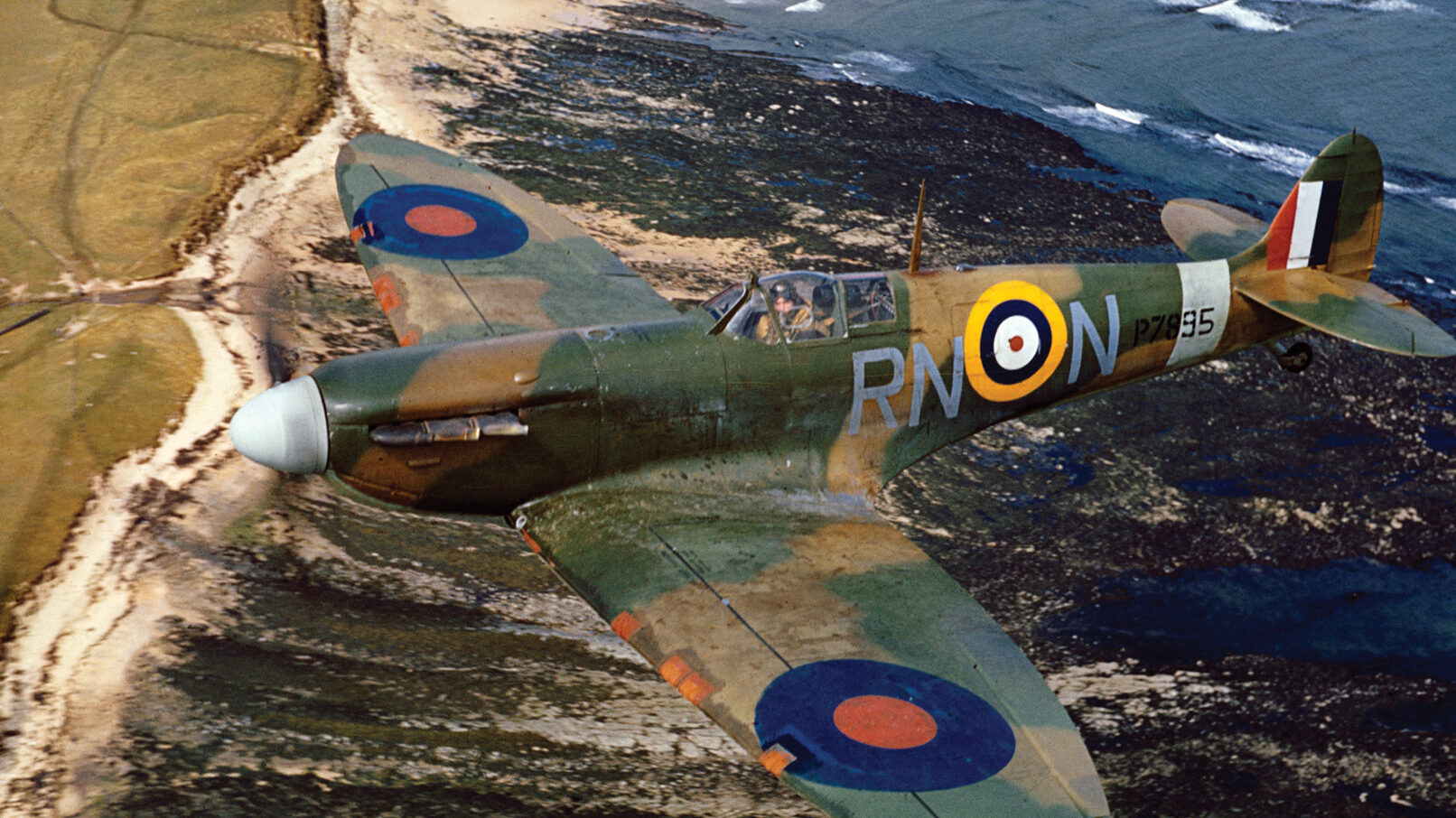
Hawker Co. was the first to produce results. The Hurricane made its first flight on November 6, 1935, and was hailed as a winner from the beginning. It set standards for speed and armament and proved to be one of the world’s great fighters.
The Spitfire was slower in coming, and only a dream for a time. But Mitchell was busy perfecting prototypes. Finally, on the morning of March 5, 1936, his masterpiece, K-5054, featuring a hand-built airframe, made its maiden flight. With chief test pilot J. “Mutt” Summers at the controls, the plane drifted into the air at Eastleigh Aerodrome, near Southampton, Hampshire, and zoomed around at an altitude of 3,000 feet.
After modifications and the sealing of some oil leaks, K-5054 was evaluated at Martlesham Heath in Suffolk by the Aeroplane and Armament Experimental Establishment on March 26. During high-speed trials, the plane reached a speed of 430 mph in a dive. Early in June 1936, the Air Ministry placed an order for 310 models of the new Supermarine fighter to be delivered at a cost not exceeding 4,500 pounds. The prototype had just begun its acceptance trials, and no test reports had been issued at the time of the order.
The Air Ministry wrote to Supermarine on June 10, 1936, approving the name Spitfire, which was what the company chairman, Sir Robert McLean, called his feisty daughter, Ann. The no-nonsense Mitchell was appalled. Eight days later, the K-5054 prototype returned to Eastleigh to be demonstrated for 300 officials of the aircraft industry. The flight was again impressive but had to be cut short when an oil connection broke. More modifications and trials followed early in 1937 at Martlesham Heath and the Royal Aircraft Establishment in Farnborough, Hampshire, the cradle of British aviation.
Initial production was slow, not helped by the complex structure of the plane. The first Mark I Spitfire flew on May 14, 1938, and the first production models were delivered to the No. 19 RAF Squadron base at Duxford, Cambridgeshire, that August. The Mark I had a maximum speed of 355 mph at 19,000 feet. Its initial rate of climb was 2,530 feet a minute, its service ceiling 34,000 feet, and its range 395 miles. It mounted a 1,060-horsepower Rolls Royce Merlin II engine, and its armament comprised eight .303-inch Browning machine guns. The Merlin II was eventually replaced by the even more powerful Rolls Royce Griffon engine, increasing the plane’s performance by 100 percent. This made it one of the world’s fastest piston-engined aircraft, with a final maximum speed of 454 mph.
The fighter’s design was revolutionary. It featured thin, elliptical wings, a sliding cockpit canopy to give the pilot all-around vision while reducing drag, and a retractable undercarriage. The only drawback was its limited range.
Meanwhile, the ailing Reginald Mitchell would depart before he could see his revolutionary fighter enter RAF service. Suffering from rectal cancer, kept secret from all except his family and a few close friends, he knew that his time was running out.
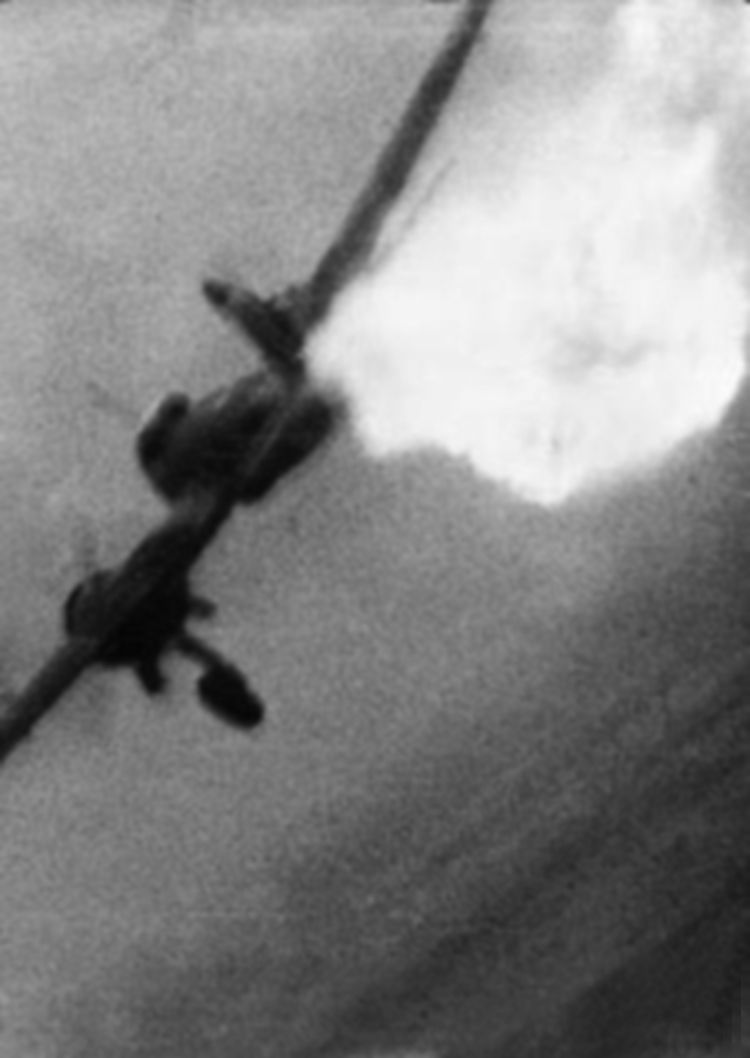
He finally stopped working, though he worried that he was letting people down. Colleagues assured him that he had done all he could. RJ made one last effort to live and flew in a private plane to a cancer clinic in Vienna. But five weeks of treatment did not work, and the doctors sent him home to die. Mitchell sat in his peaceful suburban garden, often with his local vicar, before dying of tuberculosis rather than the rapidly advancing cancer at the age of 42 in June 1937.
Mitchell, who designed 24 aircraft during his career, left his wife, Florence, and son. The popular notion that RJ virtually worked himself to death to finish the Spitfire design was a myth.
By the time Britain and France declared war two days after the German invasion of Poland on September 1, 1939, a total of 1,960 Spitfires were on order. Of this number, 306 Mark I machines had been delivered—enough to equip 11 squadrons of RAF Fighter Command. Spitfires first saw action on October 16, 1939, when nine twin-engined Junkers Ju-88 bombers attacked Royal Navy ships in the Firth of Forth, Scotland. Squadron Nos. 602 and 603 of the RAF, based at Drem and Turnhouse, respectively, scrambled to engage the Luftwaffe raiders. Two Junkers were destroyed, and a third damaged. These were the first victories chalked up for Reginald Mitchell’s fighter.
In the months that followed, Spitfire units had sporadic encounters with individual German bombers, minelayers, and reconnaissance planes. The RAF lost its first Spitfire to enemy action on April 3, 1940, when Flight Lieutenant Norman Ryder of No. 41 Squadron encountered and shot down a Heinkel He-111 medium bomber off the northeastern English coast. The Spitfire’s engine was hit, and Ryder was forced to ditch in the sea. He was picked up by a trawler.
For the most part, the period of inactivity enabled dour Air Marshal Hugh “Stuffy” Dowding’s Fighter Command to expand and train for the battles to come. Through the eight-month Phony War and by May 1940, another eight squadrons had received Spitfires, bringing the strength up to 19 squadrons with 1,400 aircraft. Meanwhile, 2,309 Hurricanes had been delivered, forming the 32-squadron backbone of Fighter Command in the first years of the war. They outnumbered the Spitfires by almost two to one.
For the officer and sergeant pilots who climbed into Spitfire cockpits, it was a matter of love at first sight. The beautiful plane was fast, maneuverable, and easy to handle.
On May 12, 1940, two days after German forces started a lightning blitzkrieg offensive against Holland, Belgium, and France, Spitfires mounted their first operation over continental Europe. Six Spitfires of No. 66 Squadron and six Boulton-Paul Defiant night fighters of No. 264 Squadron flew sweeps over Holland. They downed four Junkers Ju-87 dive bombers and an Me-109 in exchange for five Defiants and a Spitfire.
Spitfires first encountered large groups of German aircraft on May 21. By then, the swift enemy advance into the Low Countries had brought the war within range of the Fighter Command squadrons based in Kent on the southeastern English coast. During the following days, Spitfires and Hurricanes flew numerous sorties to cover British and French troops in their fighting retreat to Dunkirk. When the evacuation of Allied troops there ended on June 3, Fighter Command had lost 72 Spitfires—almost a third of this aircraft’s frontline strength.
After the fall of France, Hitler was determined to threaten Britain with invasion because she had shown no willingness to come to terms. As evidence of intent, he opened an aerial offensive on the island nation on July 10, 1940, with the aim of destroying its fighter defenses. British air power had to be crushed before the Führer’s Operation Sea Lion—a cross-Channel amphibious assault—could be attempted.
The air battle—the first and biggest of its kind in history—would last until the end of October 1940. Reichsmarschal Hermann Göring, the corpulent commander of the Luftwaffe, assembled 2,800 fighters and bombers, whereas the RAF could now call on only about 700 fighters. But the RAF had the inestimable advantage of an early warning system, radar, a British invention, while the shrewd Dowding had largely created highly effective air defenses and carefully husbanded his precious Spitfires, refusing to expend them in the doomed Battle of France. Though greatly outnumbered, Fighter Command was poised and primed for the Battle of Britain, which would decide the fate of Western freedom.
Early in July, Göring ordered his bombers to begin attacks on English ports and ships in the English Channel. His twofold aim was to inflict serious losses on British merchant shipping and lure Fighter Command into unequal combat over the Channel. When the British halted the Channel convoys on August 10, Göring switched to hitting airfields along the southern coast, with tentative attacks on radar towers at Rye, Pevensey, Swinggate, and Ventnor on the Isle of Wight.
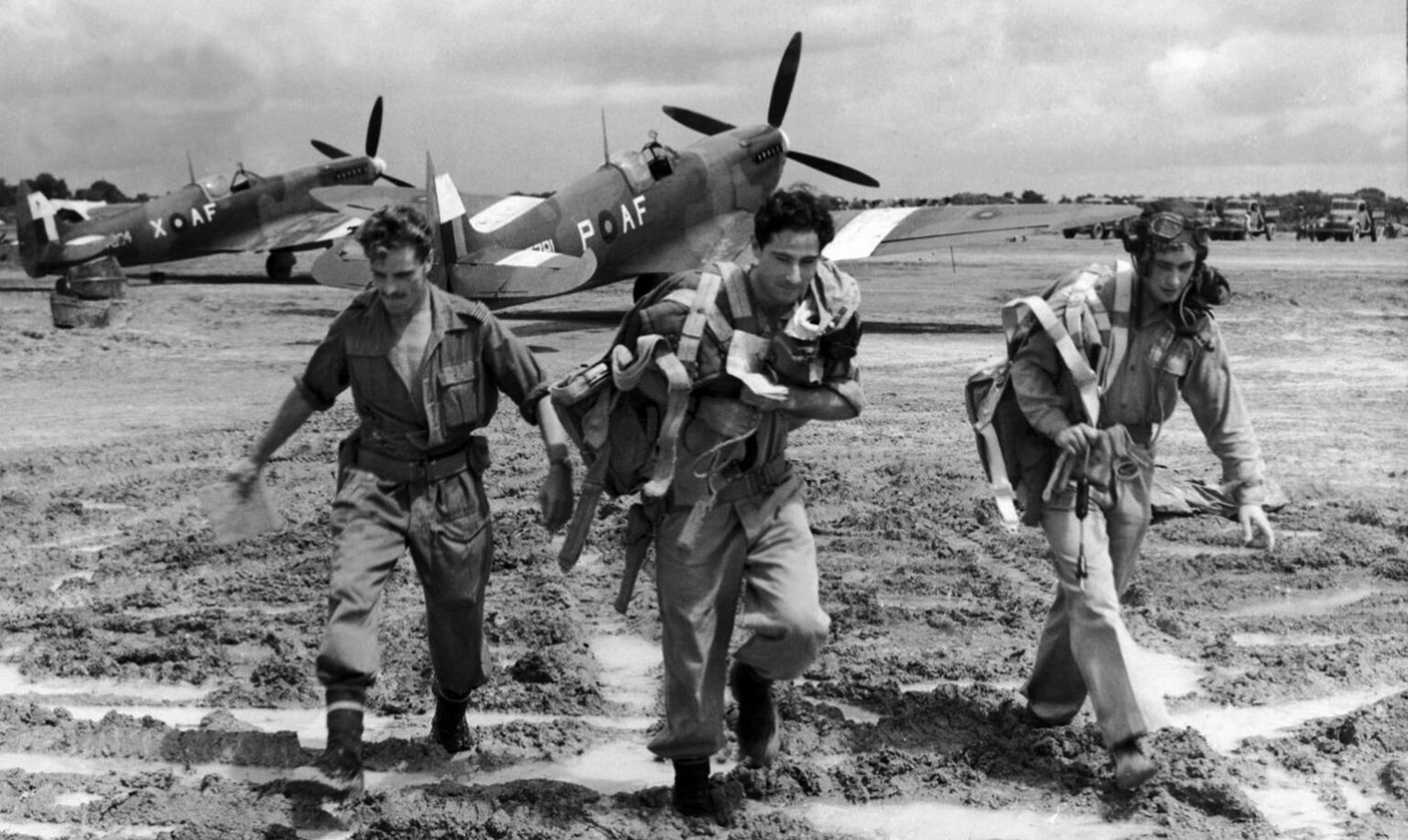
The German assaults increased, and Dowding’s Spitfire and Hurricane pilots were ready. When the word came, they dashed to their warmed-up fighters and took off. The Spitfires took on the enemy fighter escorts, while the slower Hurricanes weaved in to attack the incoming bombers.
The 3,000 Spitfire and Hurricane pilots, later revered as “The Few,” were 80 percent British. The rest came from all over the world. More than 500 of them would give their lives in the desperate dogfights above the checkered countryside of southeastern England.
The German raids intensified further, with 1,500 Luftwaffe planes hammering two frontline RAF airfields on August 15. A German intelligence summary asserted on August 16 that since July, Fighter Command had lost 372 Spitfires, 179 Hurricanes, and 12 Defiants, that it had only 300 fighters left, and that the Luftwaffe was well on its way to fulfilling Göring’s order to “wipe the British Air Force from the sky.”
Actually, the Luftwaffe had lost 602 planes to the RAF’s 260. Nevertheless, the reality was alarming for the hard-pressed Fighter Command. Fighter losses were exceeding the number available in storage units and were mounting. Miracles of repair were worked by RAF mechanics and salvage squads, and fighter production was accelerated.
Rugged enough to be effective against the enemy bombers and maneuverable enough to survive against Me-109E fighters, Hurricanes destroyed more German planes than all other British aircraft types combined during 1940. With increased armament and their standard “bubble” cockpit canopies, hundreds of Mark I Spitfires fought successfully in the Battle of Britain. They proved marginally faster at high altitudes and considerably more maneuverable than the Me-190E, but the German fighter could outdive and outclimb its sleek British foe.
The embattled Fighter Command gained a breather in the late summer of 1940 when Göring again switched targets. Using the pretext of a threatened British raid on Berlin, he launched a full-scale bombing offensive against London. Hundreds of bombers appeared over the British capital on September 7, demolishing buildings and starting fires. Spitfires, Hurricanes, and antiaircraft batteries mauled the raiders, but still they came. The attacks reached their height on September 15 (commemorated as Battle of Britain Day), when 56 German planes were shot down.
On September 17, Hitler privately instituted an indefinite postponement of the invasion of England. Daylight raids on British cities continued to the end of the month, but losses were so high that the Luftwaffe switched to less militarily effective night bombing at the beginning of October. During the course of the battle, the RAF had lost 790 fighters, mostly Spitfires and Hurricanes, while the Luftwaffe lost 1,389 aircraft of all types.
RAF Fighter Command had defeated Göring’s Luftwaffe and scotched Hitler’s invasion plans, and its Hurricane and Spitfire pilots (average age 20) were national heroes. After a series of sobering defeats from Norway to France, and from Crete to the Western Desert, British morale had received a welcome lift.
After the Battle of Britain, Spitfire squadrons continued defensive patrols and also went on the offensive. They flew countless escort and “rhubarb” strafing sweeps over France and the Low Countries. They escorted RAF bombers on daylight raids across the Channel. American volunteers of three RAF Eagle Squadrons flew Hurricanes and then Spitfires on coastal patrols, convoy escort, and sweeps across the Continent.
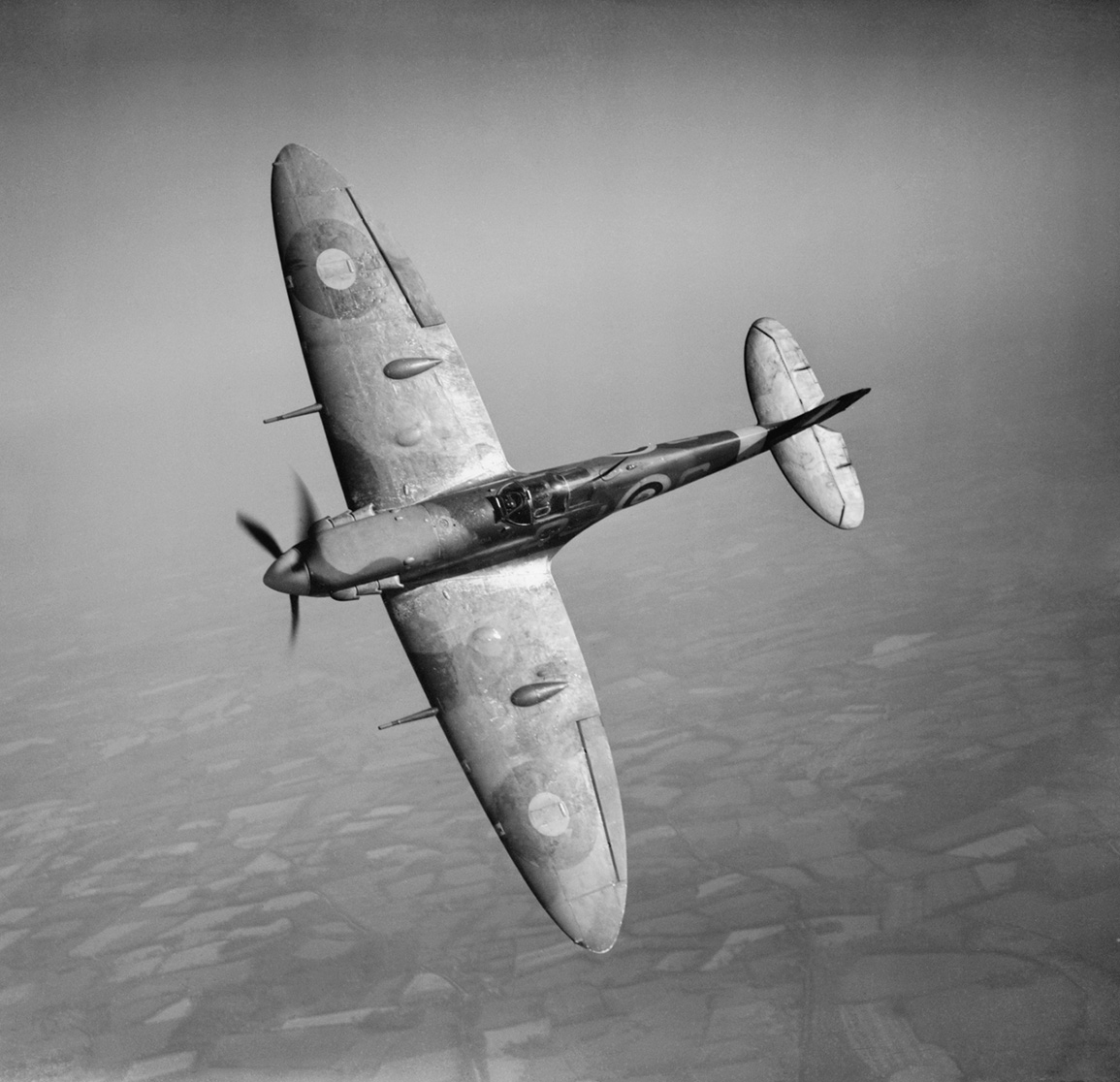
While Bomber Command was pounding German cities and industrial centers by night, U.S. Eighth Air Force bombers increased daylight missions over the Continent in the summer and fall of 1942. Spitfires flew escort for the American bombers, but they could go only part of the way because of limited range.
Fighter Command entered 1942 with 60 squadrons of Spitfires, a threefold expansion achieved in just over 18 months. More squadrons were formed as new demands arose in North Africa and the Far East. As more Spitfire groups arrived, they came into their own when Allied troops landed in Morocco and Algeria on November 8, 1942, during Operation Torch.
At the start of the war, the Fleet Air Arm lacked an adequate carrier fighter, so Spitfires were modified for carrier use. Seafires became operational in June 1942, and joined the Mediterranean Fleet in time for Operation Torch.
Two squadrons of Mark VIII Spitfires arrived in Southeast Asia in late 1943. Based initially in India, they flew offensive patrols and escort missions on the India-Burma border. Spitfire squadrons also flew from Malaya and Ceylon, took part in the New Guinea campaign, and helped to defend Australia against Japanese air attacks.
Spitfire squadrons were kept busy in many ways as the war progressed. Besides continuing to defend Britain and flying sweeps and escort missions, specially equipped Spitfires made numerous photographic reconnaissance sorties over Nazi-occupied Europe. Then, when Allied forces landed in Normandy on June 6, 1944, Spitfires of the Second Tactical Air Force provided top cover over the five beachheads. As the Allied troops began pushing inland, faster and more heavily armed Spitfire variants joined Hurricanes, rocket-firing Typhoons and Hawker Tempests, De Havilland Mosquitoes, and U.S. aircraft hitting enemy targets.
In mid-June 1944, the Germans began launching pilotless V-1 flying bombs against the London area, and fast Mark XIV Spitfires were pressed into service to intercept them. Of the 9,521 “doodlebugs” fired on London and southern England, 4,621 were shot down by Spitfires and antiaircraft batteries. The V-1s were followed by about 5,000 V-2 rockets, launched between September 1944 and the end of the war. These caused much damage and killed thousands of people, yet were less destructive than the V-1s.
Meanwhile, from airfields in France and Belgium, Spitfire squadrons flew in close support of the Allied armies pushing eastward toward the River Rhine and into the Third Reich. On October 4, 1944, a Mark XIV Spitfire of No. 401 Squadron was the first Allied fighter to shoot down a jet-propelled Messerschmitt Me-262 fighter. The Mark XIV was the RAF’s primary high-altitude fighter type at the close of the European war in May 1945.
After the war, Spitfires remained in service until January 1951. They operated against communist insurgents in Malaya in 1948-1949, and Seafires flew ground attack missions from Royal Navy carriers in the early months of the 1950-1953 Korean War. Spitfires also served with the air forces of many countries, including Belgium, Denmark, Norway, Sweden, Holland, Czechoslovakia, Portugal, Greece, Yugoslavia, and warring Egypt and Israel. The Arab-Israeli conflict of 1948-1949 was the only war in which Spitfires fought against Spitfires. During its career, Spitfire production totaled 20,334 aircraft in 21 marks, while Seafire production amounted to 2,556 planes in eight marks.
Reginald Mitchell and his Spitfire were immortalized in the sensitive 1942 film, The First of the Few (also known as Spitfire), starring Leslie Howard, David Niven, Rosamund John, and Roland Culver.
Author Michael D. Hull is a frequent contributor to WWII History. He resides in Enfield, Connecticut.
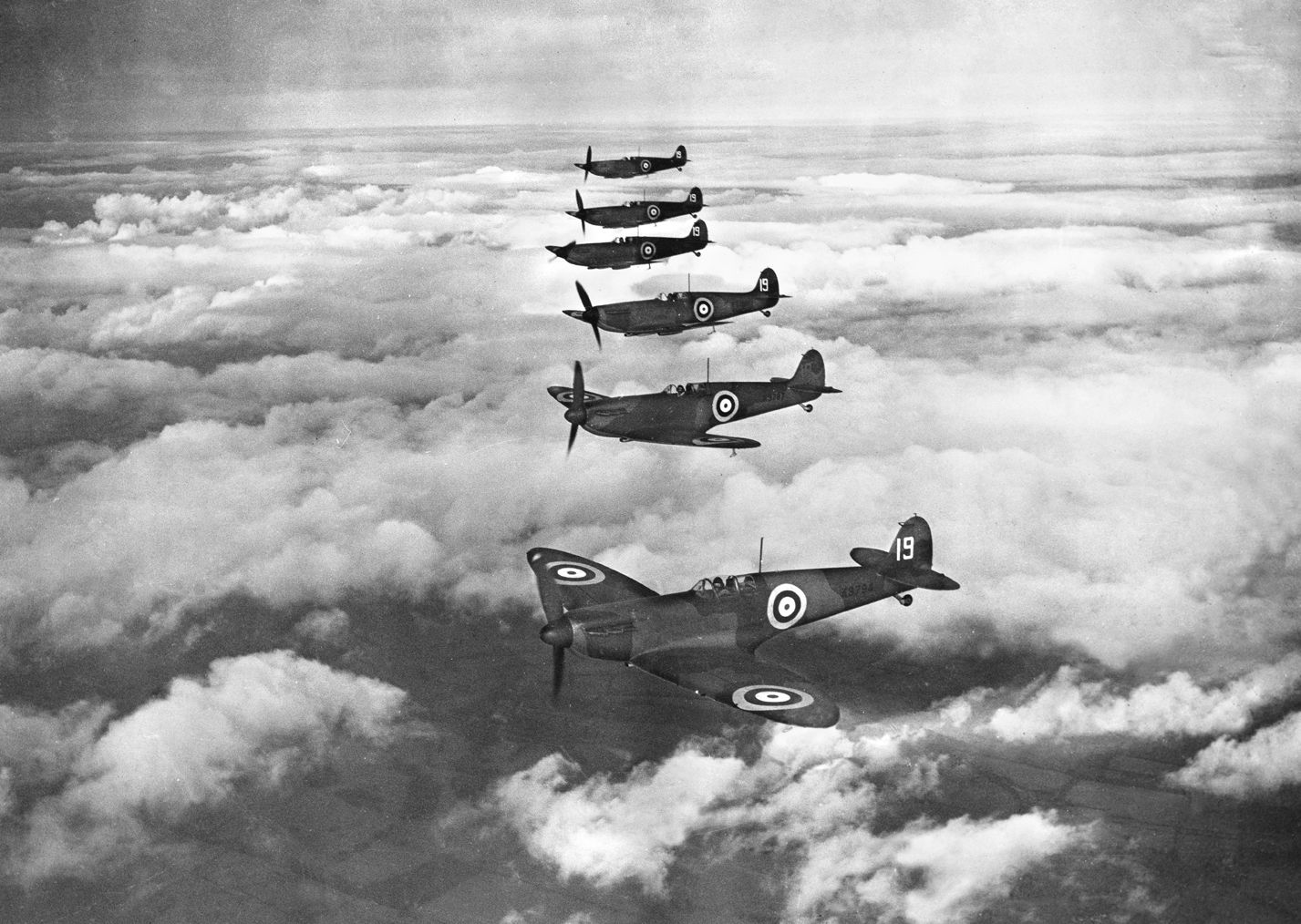
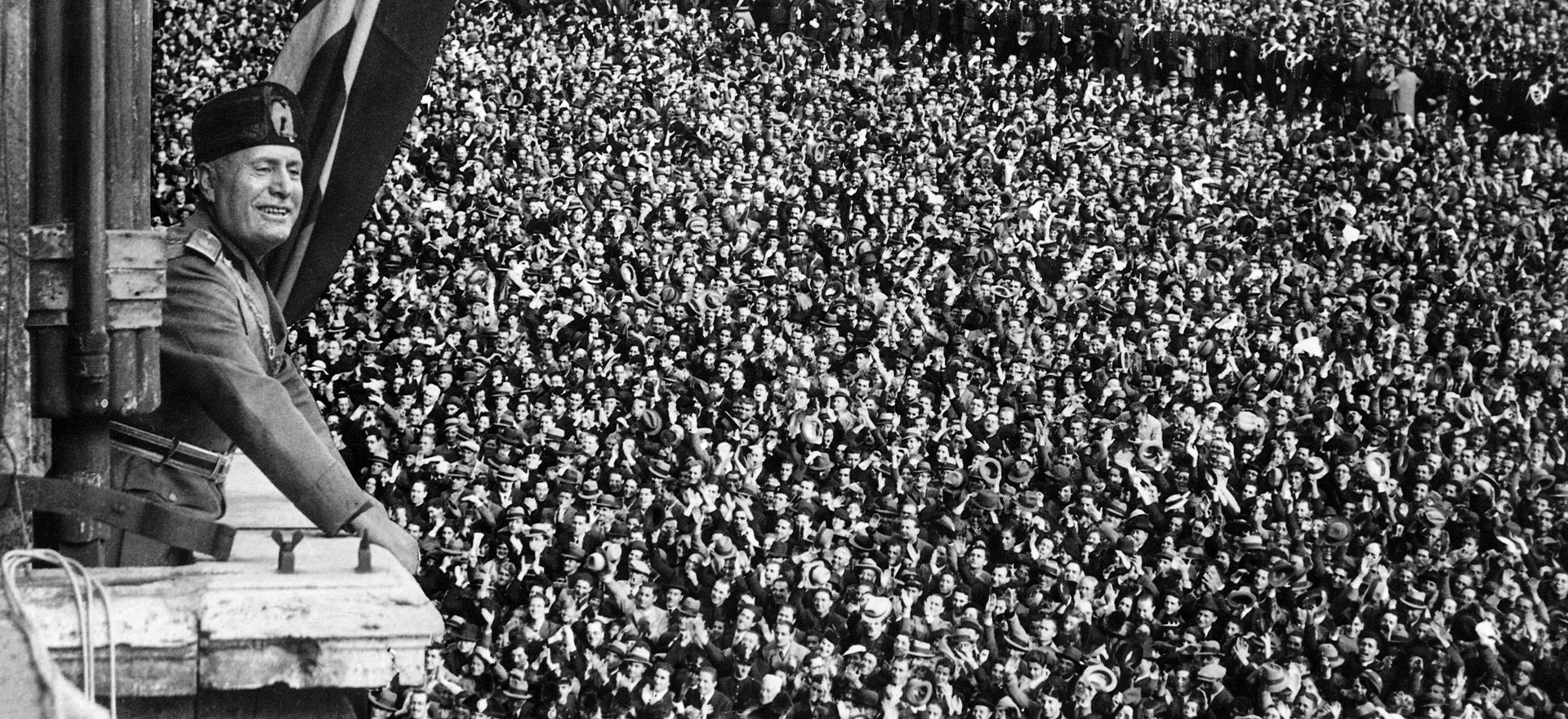
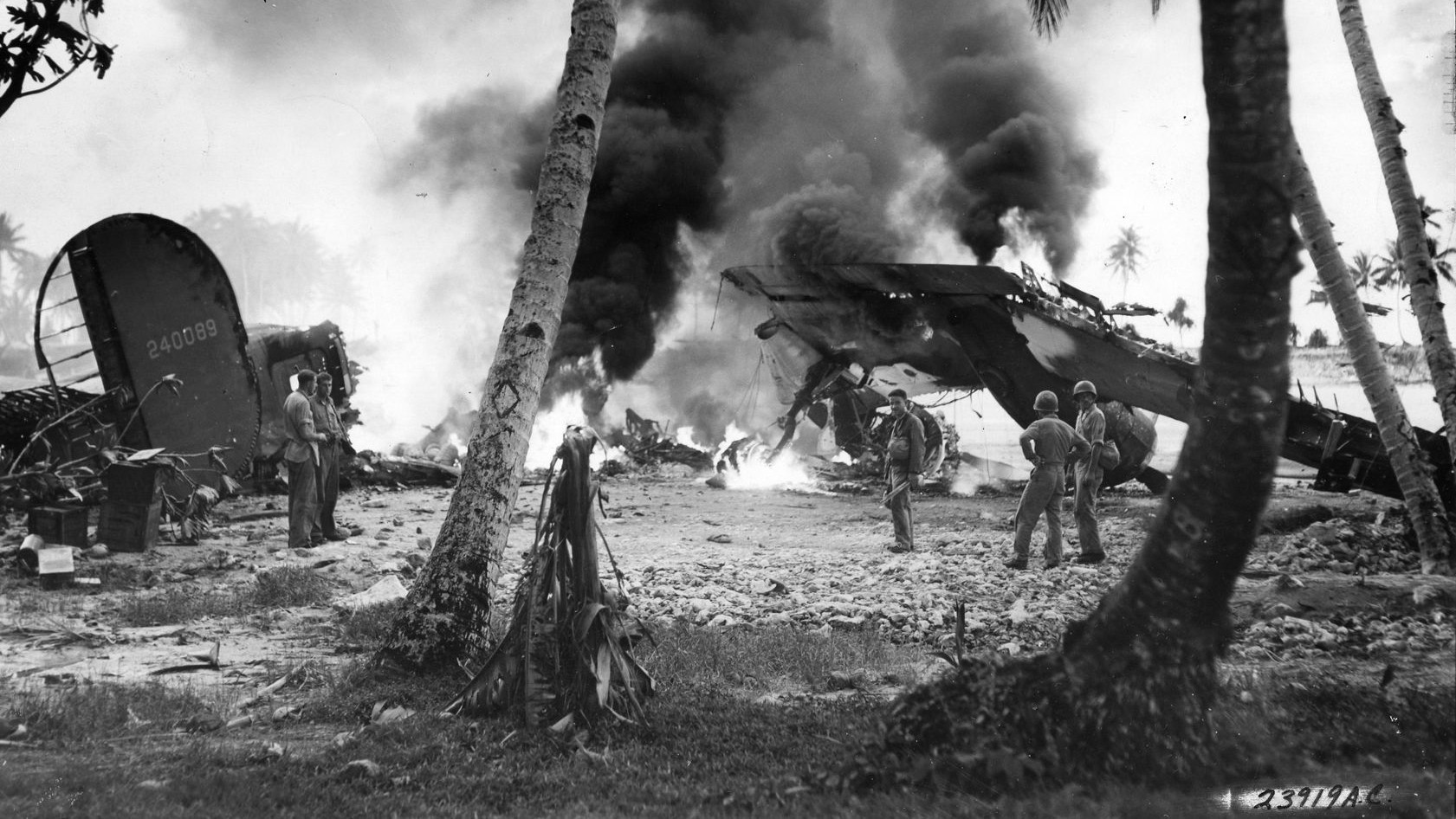
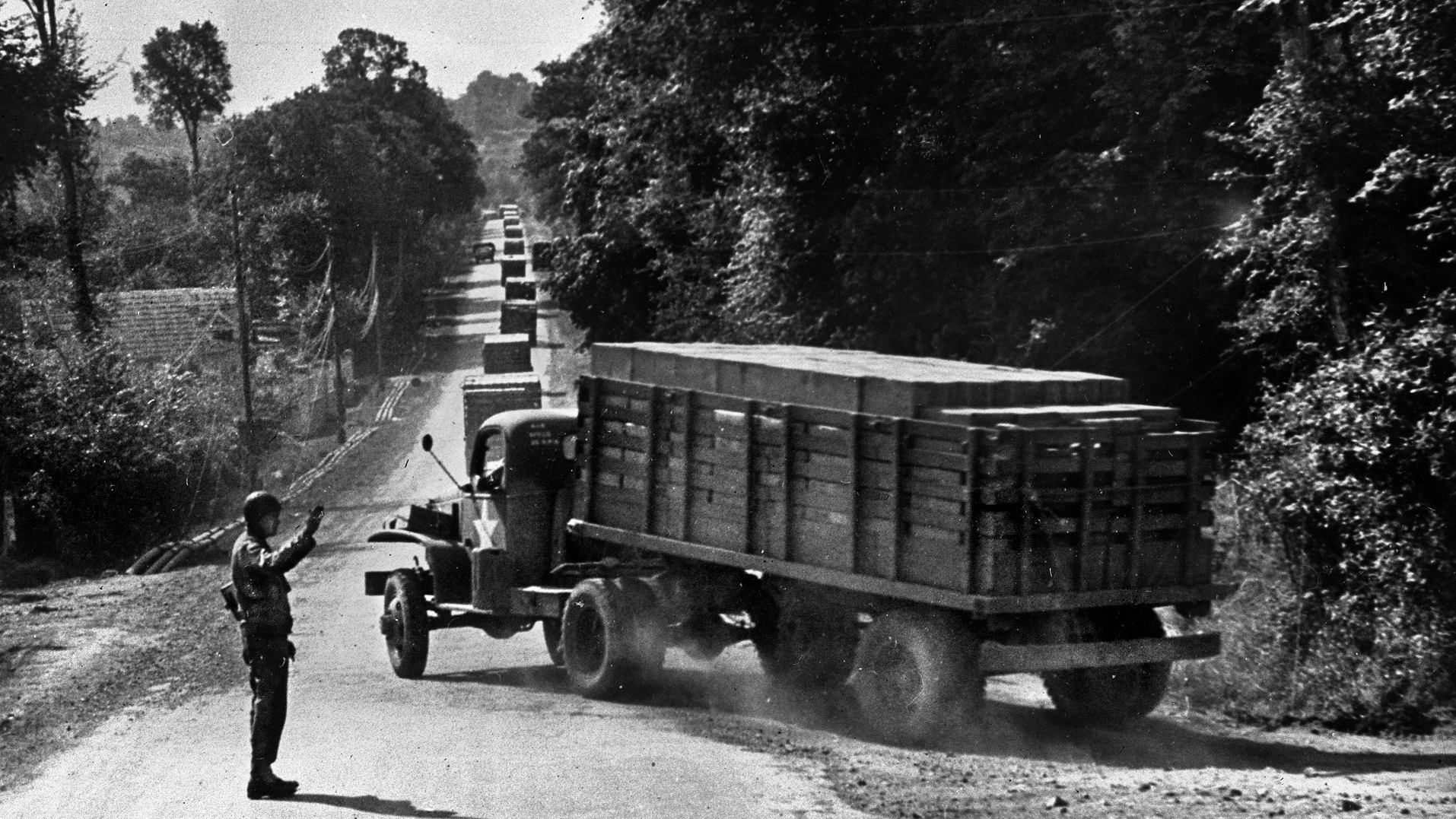

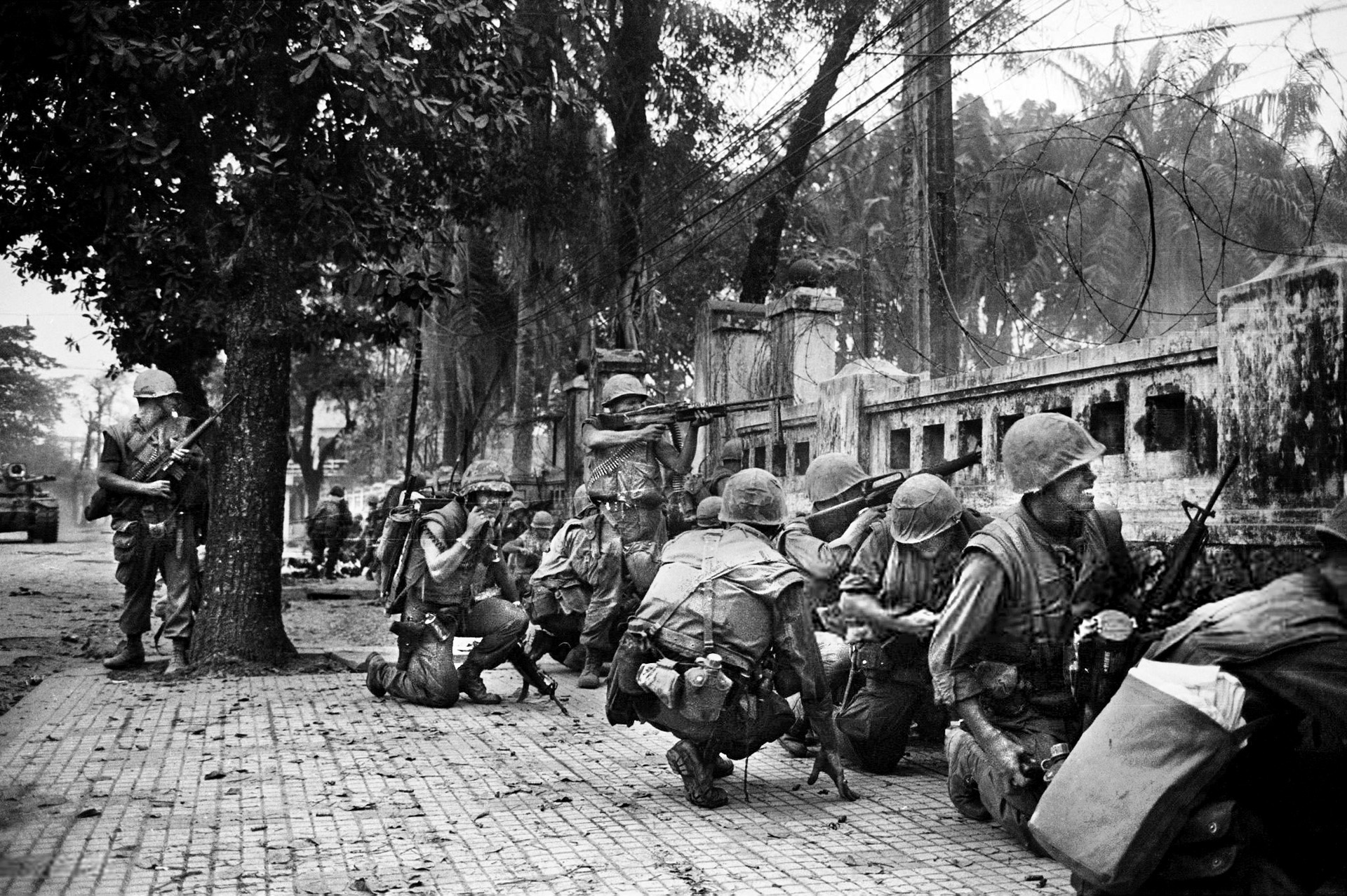
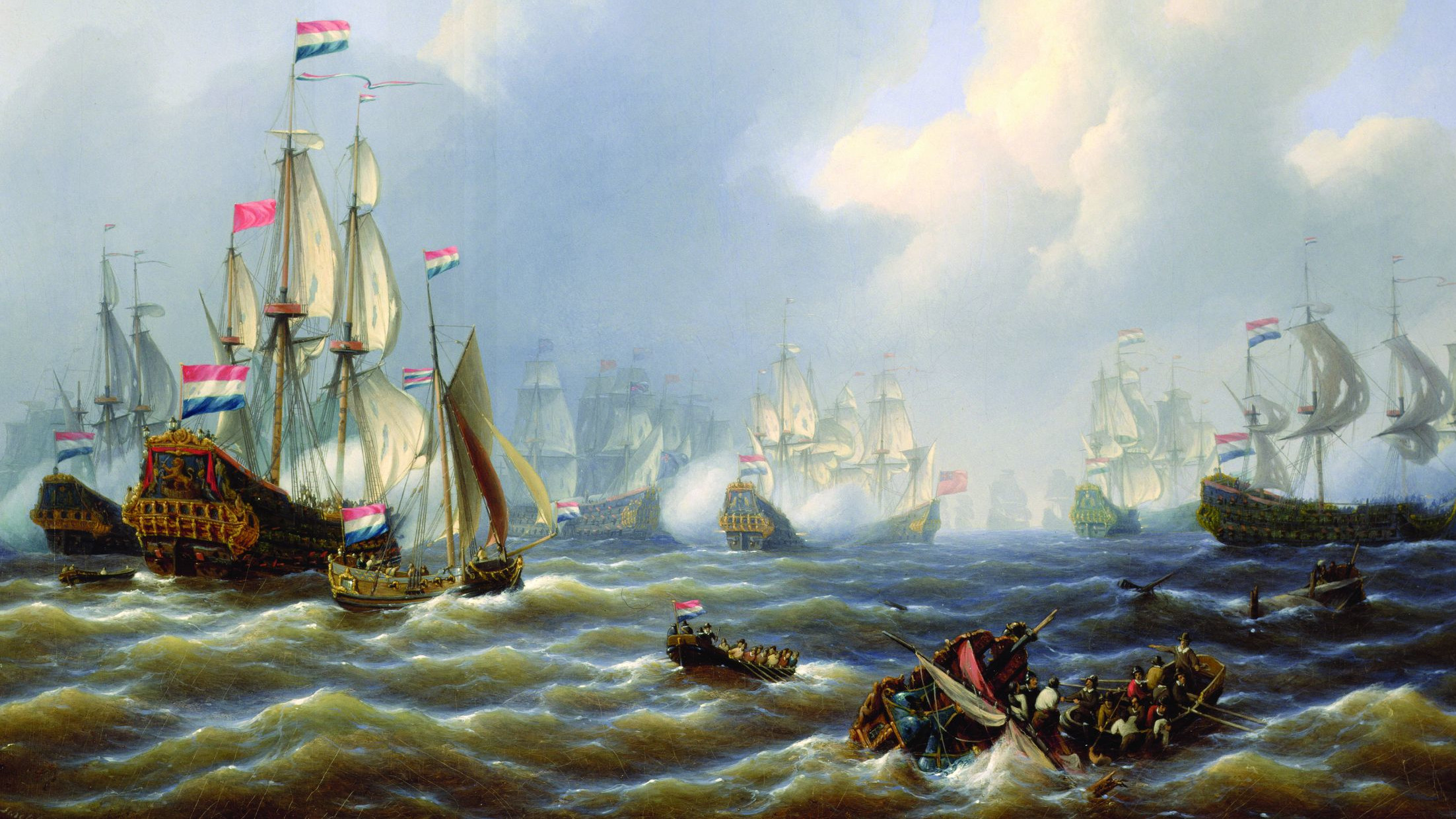
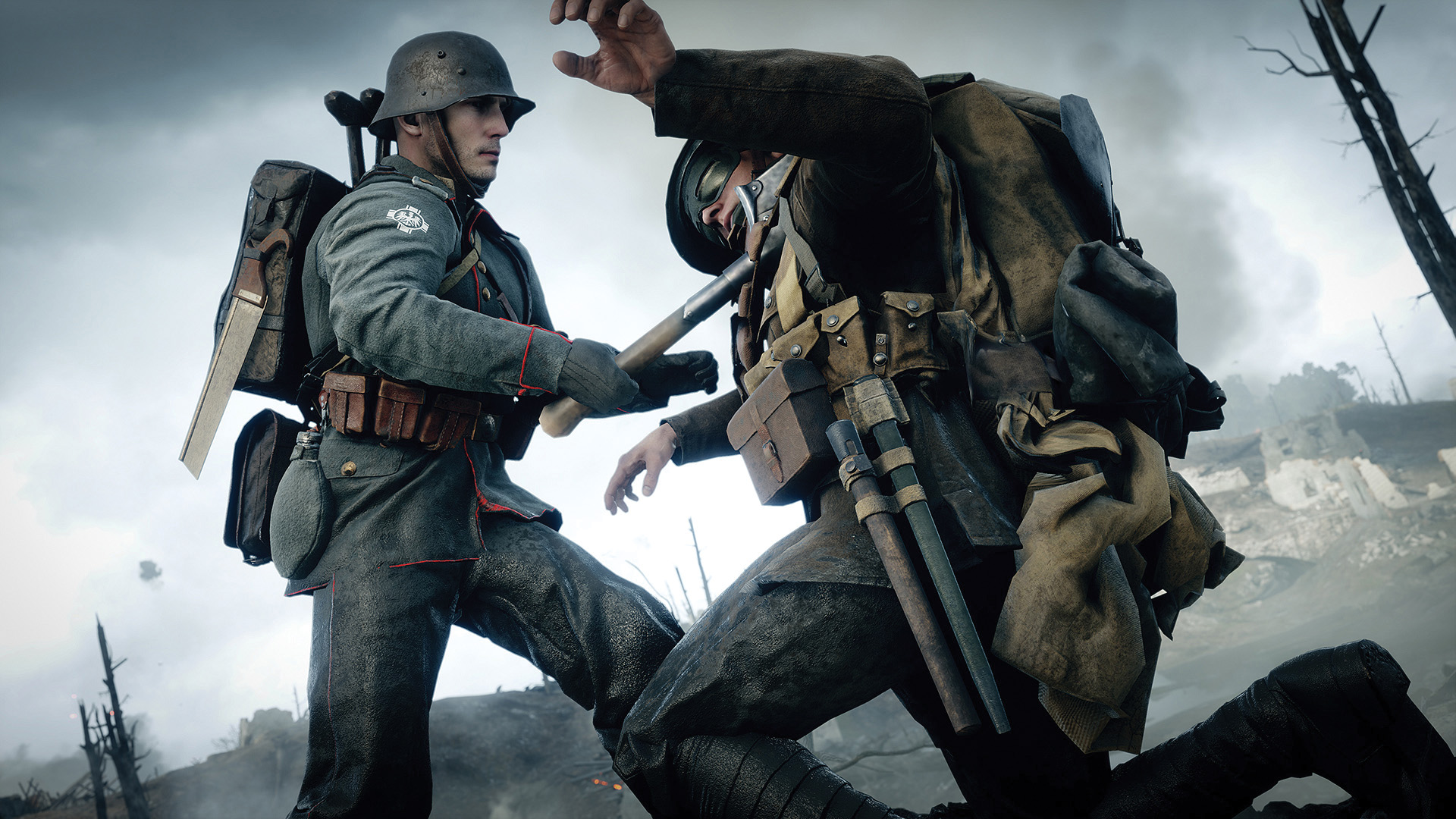
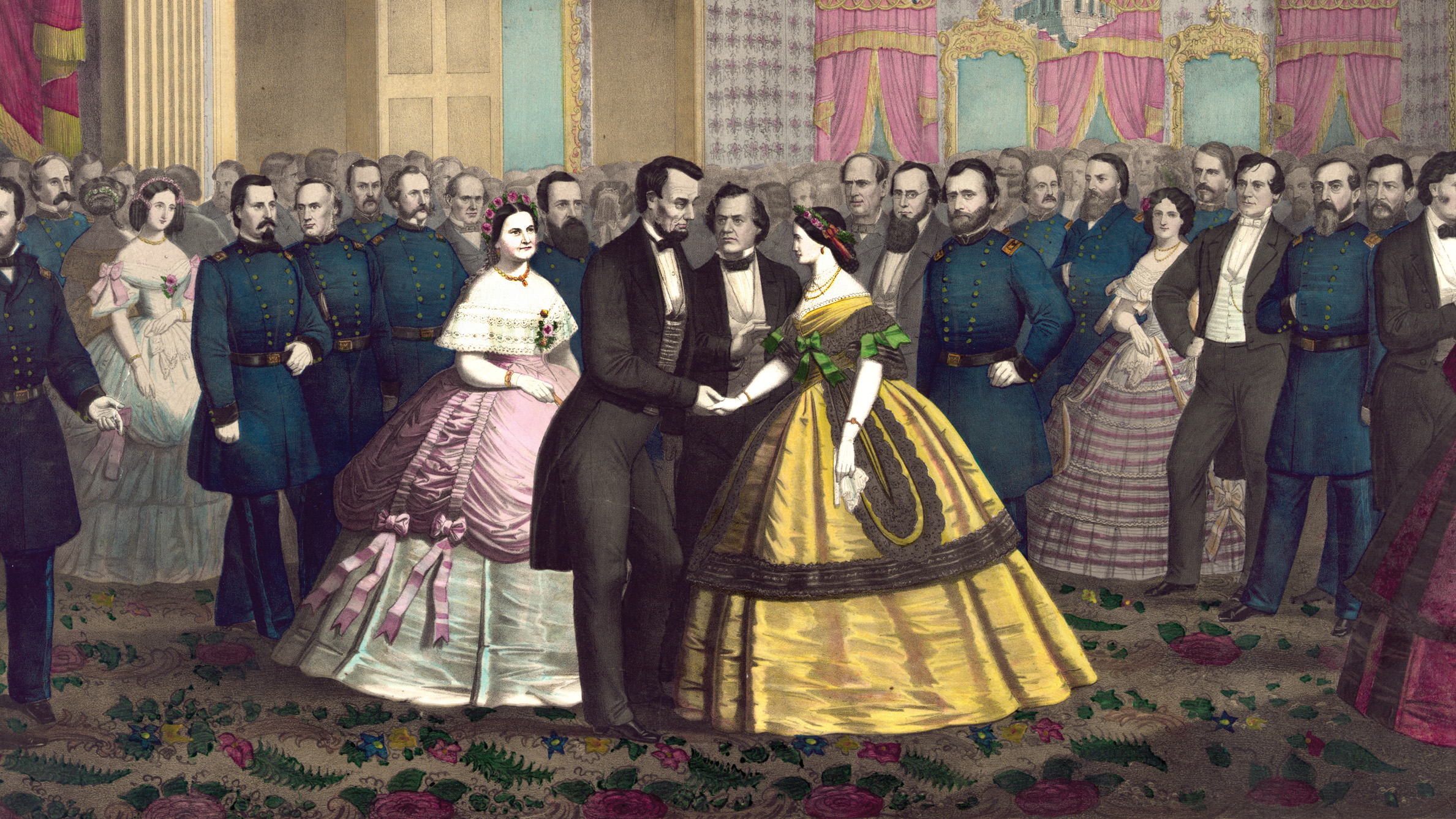
Join The Conversation
Comments
View All Comments